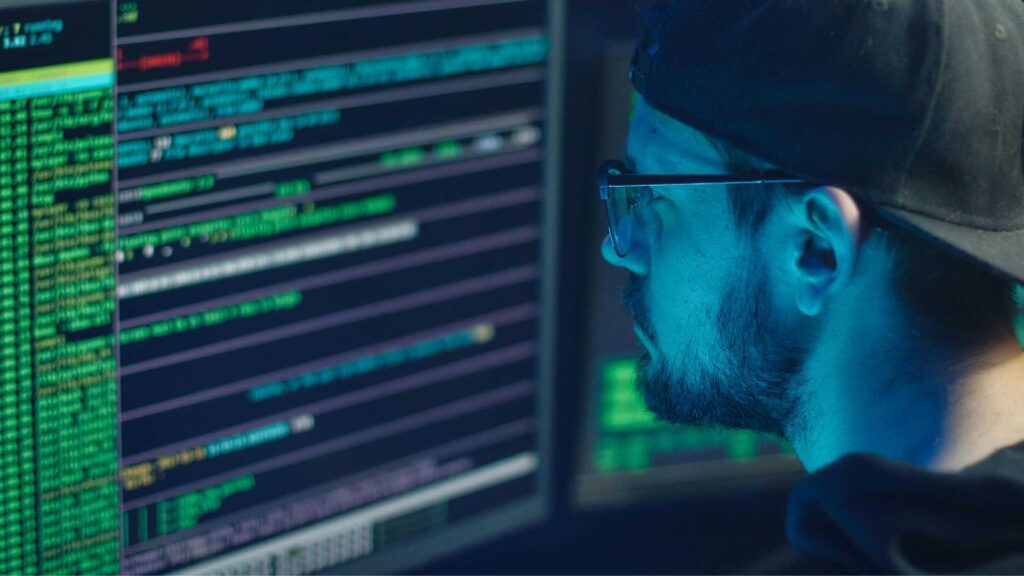Applying for a merchant account is an important step for any business, enabling it to accept card payments and process online transactions. So if the application is rejected, it can be frustrating and confusing.
Many businesses don’t understand why their application was denied. Others submit incomplete or risky applications without realising it. Whether you’re applying for a merchant account for the first time or trying again after being declined, this article will help you understand what went wrong and how to avoid common pitfalls.
We’ve gathered the 10 most common mistakes that lead to instant rejection, together with what you can do to fix or prevent them. Some of these mistakes involve technical details, while others are about reputation, risk, or missing information. All are avoidable with the right approach.

1. Poor personal credit score
Even though the application is for your business, banks and payment processors still check the personal credit score of the business owner or main applicant since they represent a financial risk for the bank.
When a customer pays by card, the bank releases the money to the merchant before collecting it from the customer. If there are chargebacks or fraud, the bank may need to recover funds from the business owner. A poor credit history signals that this could be difficult.
If your credit score is low, consider applying with a partner or co-signer who has better credit. You can also take time to improve your credit before applying. Pay off old debts and avoid new credit issues while preparing your business documents.
2. High-risk industry or business type
Some industries are considered high risk due to higher rates of chargebacks, fraud, or legal issues. These include:
- Tobacco and CBD
- Gambling and betting
- Firearms and ammunition
- Telemarketing
- Cryptocurrency
- Adult content
If your business falls into one of these categories, and you don’t disclose it properly, your application may be instantly declined.
Be honest about what your business does. If you’re in a high-risk industry, apply through a provider that specializes in high-risk merchant accounts. Don’t try to mask your activity; this will only cause problems later.
3. Active account collections
If you have unpaid debts or collections in your name or your business’s name, this signals financial instability to the bank. It’s also possible that a judge could issue a repayment plan, limiting your cash flow.
If possible, settle active collections before applying. If you can’t resolve them yet, be honest in your application and ask the provider if it will be a problem. Some processors may still approve you with certain conditions.

4. Missing or incomplete documentation
Banks require proper documentation to approve a merchant account. If you don’t submit all the required documents, or if they’re outdated or unclear, your application may be delayed or rejected.
Commonly required documents include:
- Articles of Incorporation
- Business license
- EIN or VAT certificate
- Photo ID of the owner(s)
- Voided business check or bank letter
- Bank statements
Before submitting your application, gather all the required documents and make sure everything is scanned and up to date. Don’t rush through the form. If the processor requests additional paperwork, respond quickly.
5. Being on the TMF or MATCH list
The Terminated Merchant File (TMF) and MATCH list are industry-wide databases of merchants who were removed from their previous payment processors due to violations or high chargebacks.
If your name or business is on this list, most banks will reject your application immediately.
If you think you might be on the MATCH list, contact your previous provider. Sometimes it’s possible to resolve the issue, especially if it was due to unpaid fees. If you can’t be removed, look for processors that accept MATCH-listed merchants (though they may charge higher fees).
6. Excessive chargeback history
If your past merchant account had a chargeback rate over 1%, most processors will see this as a major risk. The same applies if your payment declines were unusually high.
If you’ve had chargeback problems before, explain what caused them and what you’ve done to fix the issue. For example, you might have added clearer product descriptions, faster delivery, or improved customer support. Showing you’ve made changes helps rebuild trust.
7. Unrealistic or inaccurate sales volume
During the application, you’ll be asked to estimate your monthly sales and average transaction size. If your numbers seem unrealistic for your business model or industry, that’s a red flag.
Don’t guess. Use real data from your past business records or realistic projections based on similar businesses. For example, if you run a bakery, listing a $5,000 average ticket size won’t make sense unless you also do catering or large orders, so explain that clearly.
8. Tax liens or unpaid taxes
Just like other debts, tax liens show financial risk. If your business owes taxes or has a lien from a tax authority, banks may reject your application to avoid future repayment problems.
Resolve tax issues before applying for a merchant account. Submit proof of resolution if you’ve recently cleared a lien. A clean tax history shows you’re financially responsible.
9. Choosing the wrong provider
Not all payment processors serve all business types. Some focus on retail stores, others on SaaS, e-commerce, or international payments. If your business doesn’t match the provider’s model, they may reject your application, even if everything else is perfect.
Do your research before applying. Check the processor’s supported industries and ask if they work with businesses like yours. If you sell high-ticket items or serve global customers, confirm that they support those features.
10. Poor online reputation
Your website, online reviews, and general digital presence matter. If your business has many negative reviews or looks unprofessional, banks may see it as risky.
Before applying, clean up your online presence. Make sure your website is secure and includes important details like refund policies and contact information. Respond to negative reviews and encourage satisfied customers to leave positive feedback.

Bottom line
Getting a merchant account approved requires more than just filling out a form. It involves showing that your business is legitimate, responsible, and prepared to manage card payments.
By avoiding these 10 common mistakes, you greatly improve your chances of approval. Take the time to gather documents, build a trustworthy website, and choose the right provider for your industry. If your business is high risk, don’t hide it, instead, work with a provider who understands your space.
Rejection isn’t always the end. Many businesses get approved on a second try after addressing the issues. Stay transparent, stay organized, and be ready to show why your business is ready for a merchant account.
If you’re unsure where to start, consider speaking with a payment specialist who can guide you to the right provider and help you avoid the pitfalls listed above.
For more industry insights, read the article “Multi-Jurisdictional Business Structuring Without Red Flags.”
If you need support, book a free consultation with our experts today.
Disclaimer
Widelia and its affiliates do not provide tax, investment, legal, or accounting advice. Material on this page has been prepared for informational purposes only, and is not intended to provide, and should not be relied on for, tax, investment, legal, or accounting advice. You should consult your own tax, legal, and accounting advisors before engaging in any transaction. Please consult https://widelia.com/disclaimer/ for more information.









